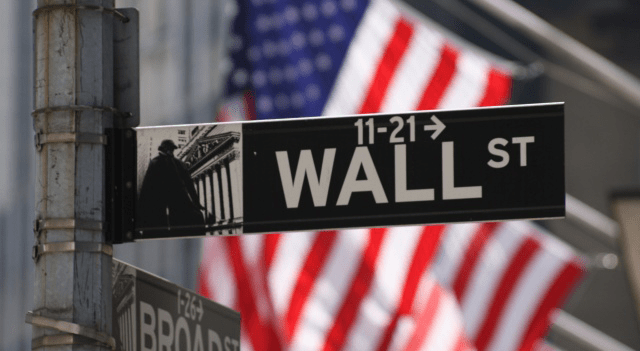Stocks extended their recent rally in early trading on Friday but gave back ground over the course of the session. The major averages pulled back off their highs of the session, with the Nasdaq and the S&P 500 dipping into negative territory.
The major averages eventually ended the session narrowly mixed. While the Dow rose 113.89 points or 0.3 percent to 34,509.03, the Nasdaq slipped 24.87 points or 0.2 percent to 14,113.70 and the S&P 500 edged down 4.62 points or 0.1 percent to 4,505.42.
Despite the mixed performance on the day, the major averages all moved sharply higher for the week. While the Nasdaq surged by 3.3 percent, the S&P 500 and the Dow jumped by 2.4 percent and 2.4 percent, respectively.
The early strength on Wall Street partly reflected ongoing optimism about the Federal Reserve being close to ending its monetary policy tightening following recent encouraging inflation data.
Buying interest was also generated in reaction to upbeat earnings news from financial giants JPMorgan Chase (JPM), Wells Fargo (WFC) and Citigroup (C).
However, shares of JPMorgan and Wells Fargo subsequently pulled back near the unchanged line, and shares Citigroup came under pressure as the company’s second quarter earnings beat analyst estimates but decreased year-over-year.
Traders may also have been somewhat reluctant to continue buying stocks following the rally seen this week, which lifted the Nasdaq and the S&P 500 to their best levels in over a year.
The Dow managed to hold on to a modest gain amid a spike by shares of UnitedHealth (UNH), which soared by 7.2 percent after the health insurer reported better than expected second quarter results.
In U.S. economic news, a report released by the Labor Department showed a modest decrease in import prices in the month of June.
The Labor Department said import prices dipped by 0.2 percent in June after falling by a revised 0.4 percent in May.
Economists had expected import prices to edge down by 0.1 percent compared to the 0.6 percent decrease originally reported for the previous month.
Meanwhile, the report said export prices slumped by 0.9 percent in June after tumbling by 1.9 percent in May. Export prices were expected to slip by 0.2 percent.
A separate report released by the University of Michigan showed consumer sentiment has improved by much more than anticipated in the month of July
The report showed the consumer sentiment index soared to 72.6 in July from 64.4 in June. Economists had expected the index to tick up to 65.5.
With the much bigger than expected surge, the consumer sentiment index reached its highest level since hitting 72.8 in September 2021.
Sector News
Networking and telecom stocks saw substantial weakness following warnings from Nokia (NOK) and Ericsson (ERIC), dragging the NYSE Arca Networking Index and the NYSE Arca North American Telecom Index down by 3.9 percent and 3.0 percent, respectively.
Significant weakness was also visible among networking stocks, as reflected by the 2.8 percent nosedive by the NYSE Arca Airline Index.
Energy stocks also saw considerable weakness amid a pullback by the price of crude oil, moving notably lower along with banking and semiconductor stocks.
On the other hand, healthcare stocks showed a strong move to the upside on the day, driving the Dow Jones U.S. Health Care Index up by 1.4 percent.
Housing stocks also extended their recent rally, with the Philadelphia Housing Sector Index climbing 1.2 percent to a record closing high.
Other Markets
In overseas trading, stock markets across the Asia-Pacific region moved mostly higher during trading on Friday. South Korea’s Kospi shot up by 1.4 percent and Hong Kong’s Hang Seng Index rose by 0.3 percent, although Japan’s Nikkei 225 Index bucked the uptrend and edged down by 0.1 percent.
Meanwhile, the major European markets turned in a mixed performance on the day. While the French CAC 40 Index inched up by 0.1 percent, the U.K.’s FTSE 100 Index edged down by 0.1 and the German DAX Index dipped by 0.2 percent.
In the bond market, treasuries gave back ground after moving sharply higher over the past several sessions. As a result, the yield on the benchmark ten-year note, which moves opposite of its price, climbed 5.8 basis points to 3.819 percent.
Looking Ahead
Next week’s trading may be impacted by reaction to the latest batch of U.S. economic data, including reports on retail sales, industrial production, housing starts and existing home sales.
Earnings news is also likely to attract attention, with Bank of America (BAC), Morgan Stanley (MS), Goldman Sachs (GS), IBM Corp. (IBM), Netflix (NFLX), Tesla (TSLA), Johnson & Johnson (JNJ) and American Express (AXP) among the companies due to report their quarterly results.
For comments and feedback contact: editorial@rttnews.com
